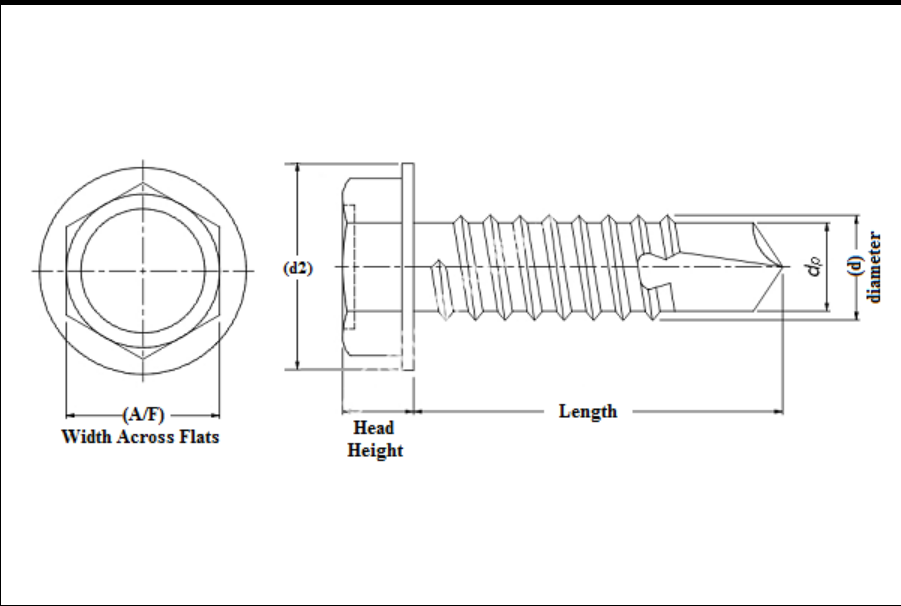Choosing the Right Screw Size for Half-Inch Drywall Installation and Best Practices
When it comes to installing drywall, one of the most critical aspects to consider is the choice of screws. The type and size of screws you use can significantly impact the strength and durability of your drywall installation. For 1/2 inch drywall, selecting the correct screw size is crucial for ensuring that your project goes smoothly and that the finished wall is secure and well-finished.
Understanding Drywall and Its Thickness
Drywall, also known as gypsum board or plasterboard, comes in various thicknesses, with 1/2 inch being one of the most commonly used sizes for interior walls and ceilings. This thickness is suitable for residential applications where there are no special fire code requirements and where the drywall is not subjected to excessive impact or stress.
Why Screw Size Matters
Screws are essential for fastening drywall to wooden or metal studs. The right screw size ensures that the drywall is securely attached without damaging the material or compromising the integrity of the wall. If the screws are too short, they may not penetrate deeply enough to hold the drywall securely in place. Conversely, if the screws are too long, they can protrude through the drywall, leading to potential safety hazards and requiring additional finishing work to hide the screw heads.
Recommended Screw Size for 1/2 Inch Drywall
For standard 1/2 inch drywall, the recommended screw size is typically 6 or 8 screws that are approximately 1 1/4 inches long. These screws are designed to provide an optimal grip and support when driven into the studs behind the drywall. The diameter of 6 and 8 screws ensures that they have enough strength to hold the drywall in place without causing it to crack or break.
Types of Screws
buy drywall screw size for 1/2 inch drywall

There are various types of screws available for drywall installation, including coarse-thread and fine-thread screws. Coarse-thread screws are best used with wooden studs, as their wider threads create a stronger hold in the wood. On the other hand, fine-thread screws are more suitable for metal studs, as their thinner threads are better able to grip the metal without stripping.
In addition to standard drywall screws, consider using self-tapping screws if you're working with metal studs
. These screws feature a sharp point that allows them to penetrate the metal easily, reducing the need for pre-drilling and speeding up the installation process.Installation Tips
1. Spacing When installing drywall, screws should be spaced approximately 12 to 16 inches apart along the edges and within the field of the drywall sheet. This spacing ensures that the drywall is adequately secured at multiple points, reducing the risk of sagging or cracking.
2. Avoid Overdriving It’s crucial to drive the screws just below the surface of the drywall without breaking the paper face. Overdriving can lead to crumbling and damage, making it difficult to achieve a smooth finish.
3. Use a Screw Gun To maintain consistent depth and pressure when driving screws, consider using a screw gun or drill with a depth-setting feature. This tool allows for precise control and helps prevent accidental overdriving.
Conclusion
Choosing the right screw size for 1/2 inch drywall is a key step in the drywall installation process. Using 6 or 8 screws that are 1 1/4 inches long ensures a secure hold and contributes to a professional-looking finish. By selecting the correct type of screw for the materials you’re working with—whether they're wood or metal—and following best practices for installation, you can achieve a solid, long-lasting drywall surface that stands the test of time. With careful planning and execution, your drywall project can result in a beautiful and durable addition to your home.
-
Top Choices for Plasterboard FixingNewsDec.26,2024
-
The Versatility of Specialty WashersNewsDec.26,2024
-
Secure Your ProjectsNewsDec.26,2024
-
Essential Screws for Chipboard Flooring ProjectsNewsDec.26,2024
-
Choosing the Right Drywall ScrewsNewsDec.26,2024
-
Black Phosphate Screws for Superior PerformanceNewsDec.26,2024
-
The Versatile Choice of Nylon Flat Washers for Your NeedsNewsDec.18,2024










